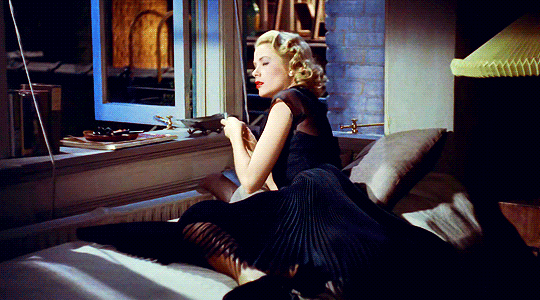Photo | My Fair Lady (1964)
When it comes to the mate-choosing phenomenon, George Bernard Shaw had some rather keen observations at the conclusion of, Pygmalion. He worded them so eloquently, I will share them verbatim, but first about the play.
The film, My Fair Lady (1964) was based on the play by George Bernard Shaw who borrowed the plot from the myth of Pygmalion. The original story was written by Ovid, back in the day and goes something like this:
There lived a top notch sculptor, who sculpted a top notch sculpture. His skills were so top notch that his statue came out to be more than he bargained for. His medium was ivory and his matter was a woman. His ivory woman was so perfectly sculpted under his skillful chisel that to his shame he fell madly in love with her. Despite the fact that she was ivory. But phew! Venus, the goddess of love came to his rescue. She felt pity for him and brought the love of his life to life. The sculptor married his sculpture and they lived happily ever after— or so we will conclude for now.
.
Now back to Shaw’s observations. Since they did not fit into the play he just threw them into the epilog as a freebie:
“Women, like men, admire those that are stronger than themselves. But to admire a strong person and to live under that strong person’s thumb are two different things. The weak may not be admired and hero-worshiped, but they are by no means disliked or shunned, and they never seem to have the least difficulty in marrying people who are too good for them. They may fail in emergencies, but life is not one long emergency: it is mostly a string of situations for which no exceptional strength is needed, and with which even rather weak people can cope if they have a stronger partner to help them out.
Accordingly, it is a truth everywhere in evidence that strong people, masculine or feminine, not only do not marry stronger people but do not show any preference for them in selecting their friends. When a lion meets another with a louder roar “the first lion thinks the last a bore.” The man or woman, who feels strong enough for two, seeks for every other quality in a partner than strength.
The converse is also true. Weak people want to marry strong people who do not frighten them too much, and this often leads them to make the mistake we describe metaphorically as “biting off more than they can chew.” They want too much for too little; and when the bargain is unreasonable beyond all bearing, the union becomes impossible: it ends in the weaker party being either discarded or Bourne as a cross, which is worse. People, who are not only weak but silly or obtuse as well, are often in these difficulties.”
Here, here now… think about this before your next date.





